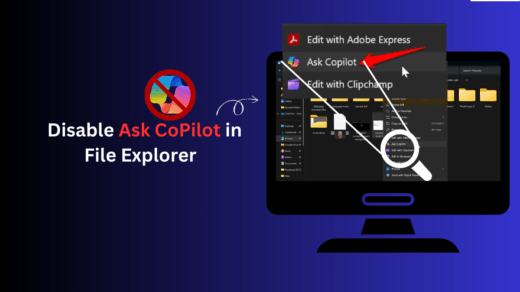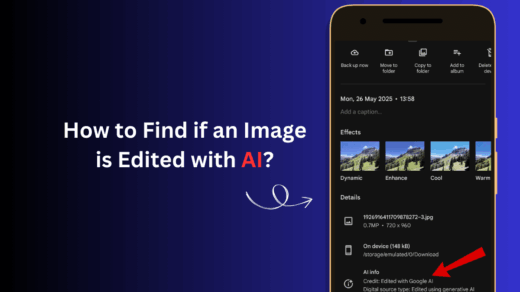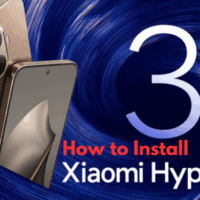Are you struggling to write those long descriptive prompts on Google Gemini? Generally, users need to be very detailed and accurate with their prompts to get the expected response. However, if you find it tiring and wish to have a personalized AI assistant that understands you better and provides you with what you want, that’s where Gems come in.
Gems on Google Gemini allows you to create your custom AI assistants for specific tasks. They are like mini chatbots within the main platform but possess a completely different personality.
Suppose, you need help learning programming, planning a vacation, or generating new ideas for your next content, gem’s got you all covered. They are based on user-guided instructions and thus generate specific and in-depth information even just from the keywords.
Besides, you can create multiple chatbots each for a specific task to increase productivity and get better help. But to create an effective Gem, there are certain parameters to be followed. This article will guide you in creating your first gem on Google Gemini and fine-tuning it to get the best outcome.
Create a Custom Gem on Google Gemini
Creating Gems is much simpler than it might seem to be. It is a two-step process but with a bit of a twist. You can create separate gems for each requirement and they will tailor your Gemini experience to meet specific requirements.
However, to create a gem, you need a Gemini Advanced, Business, or Enterprise plan. So, once you have their subscription, you can begin with the following steps to build your first custom gem.
Getting Started
- Launch Google Gemini on any browser and log in to your account.
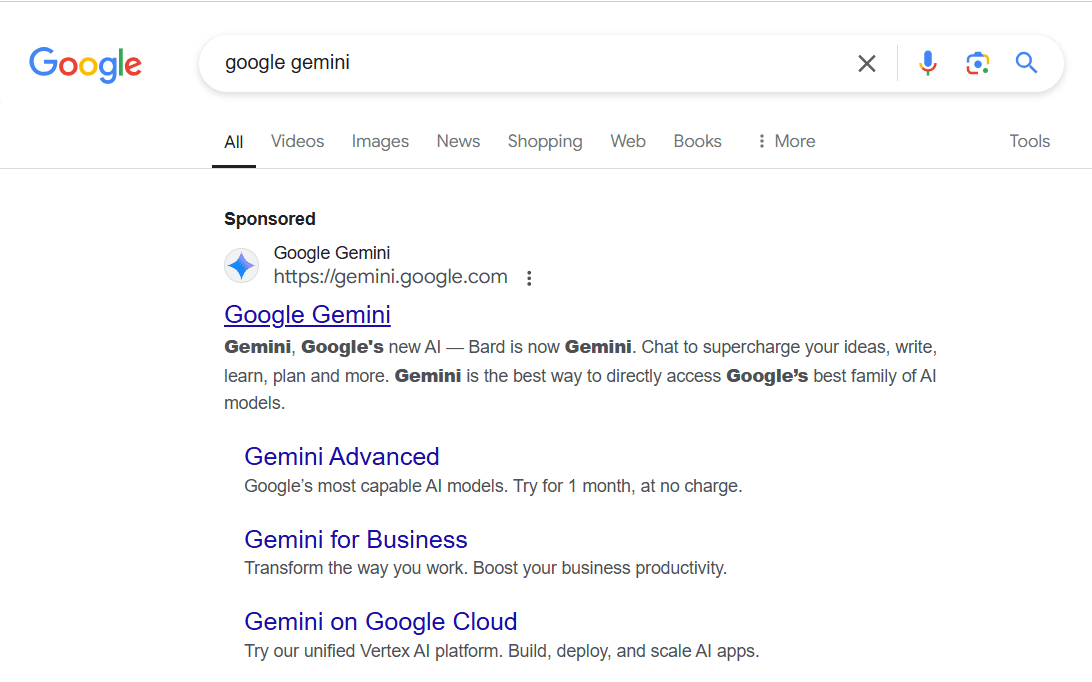
- Click on the Gem icon on the left sidebar.
![]()
- Again, click on the “New Gem” button.
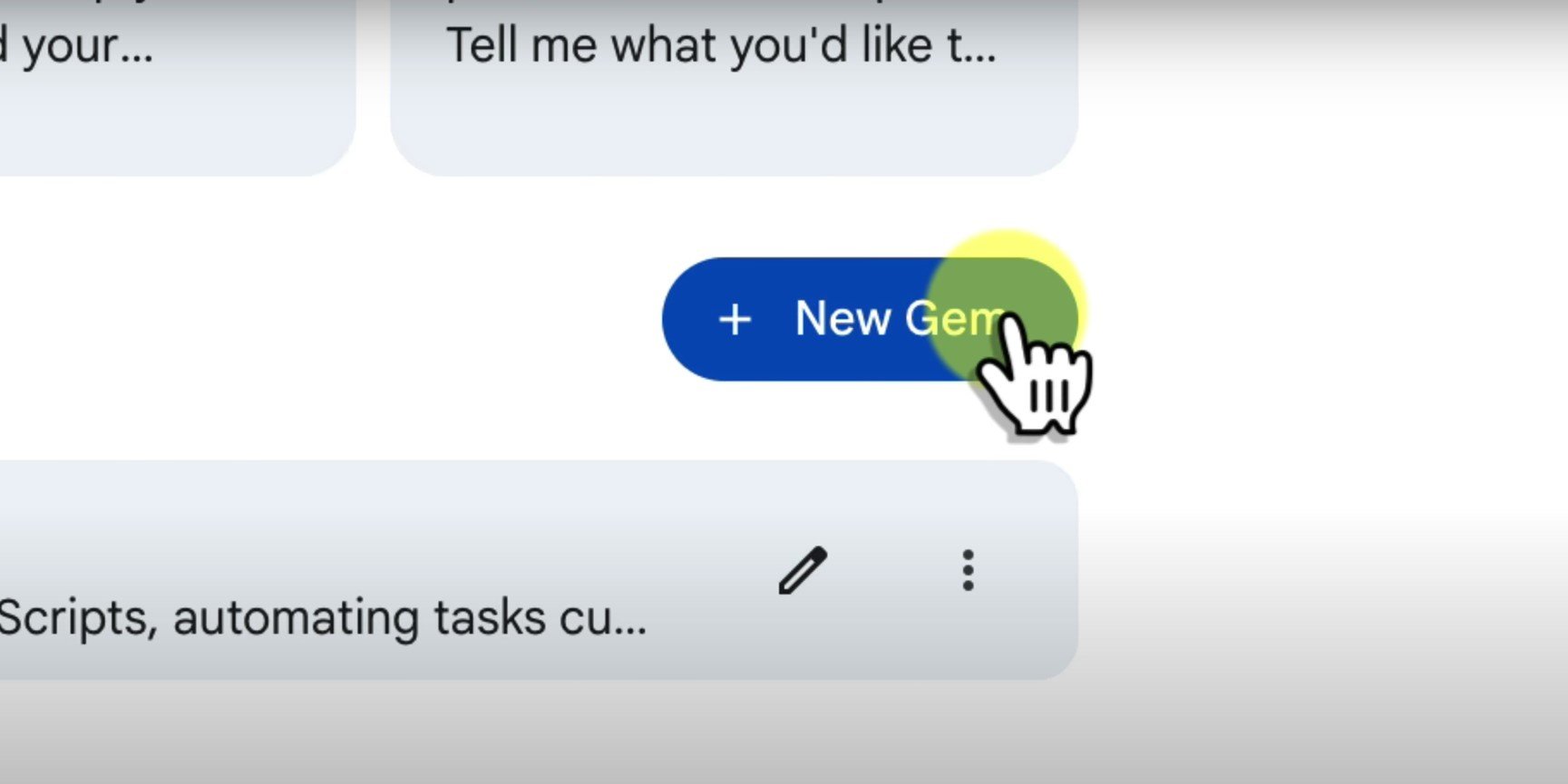
- Now, the first step is naming the gem. Always ensure to give a short but descriptive name that indicates its task. This will help you easily locate the gem even when you have plenty of collection.
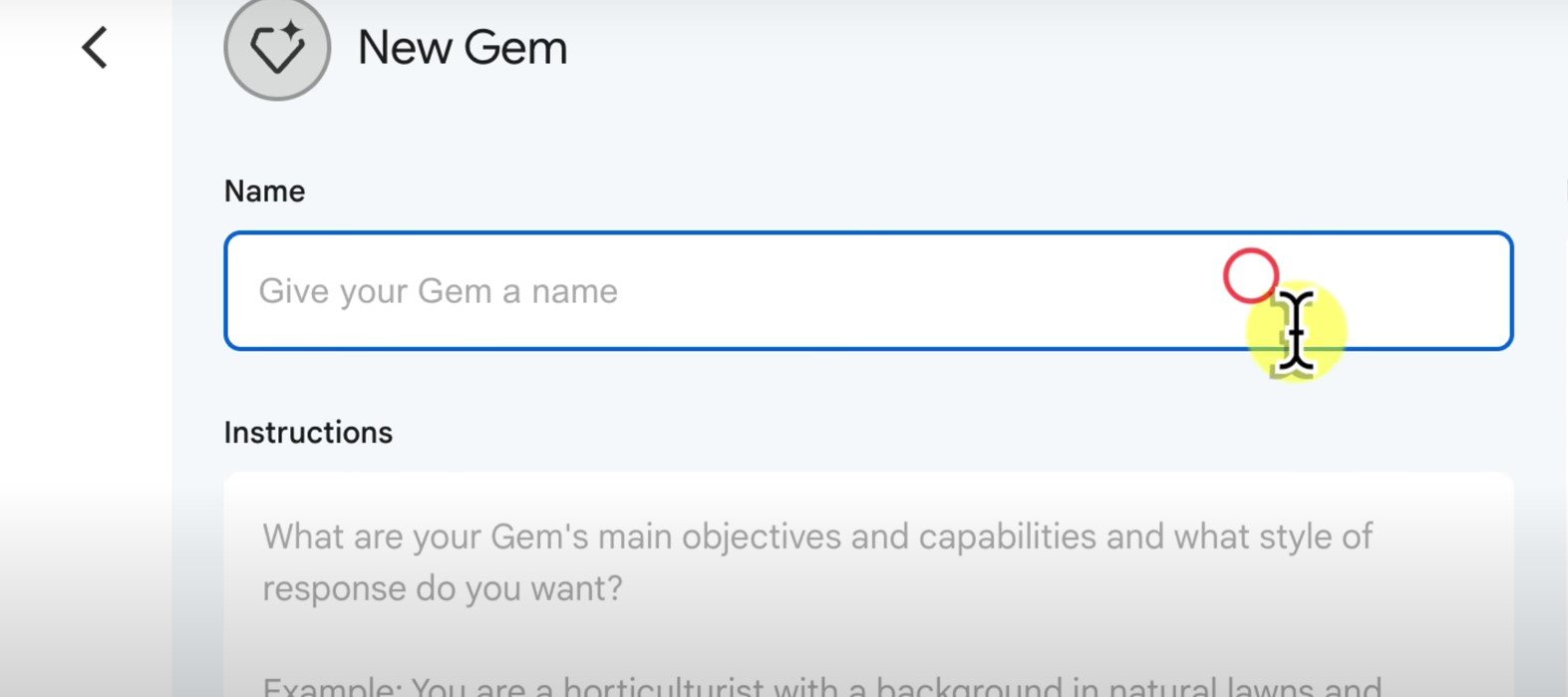
- In the next step, you need to provide a set of instructions. Note that these instructions will shape your Gem and decide its entire behavior. The next section will guide you with a complete pattern for writing effective instructions for your gem.
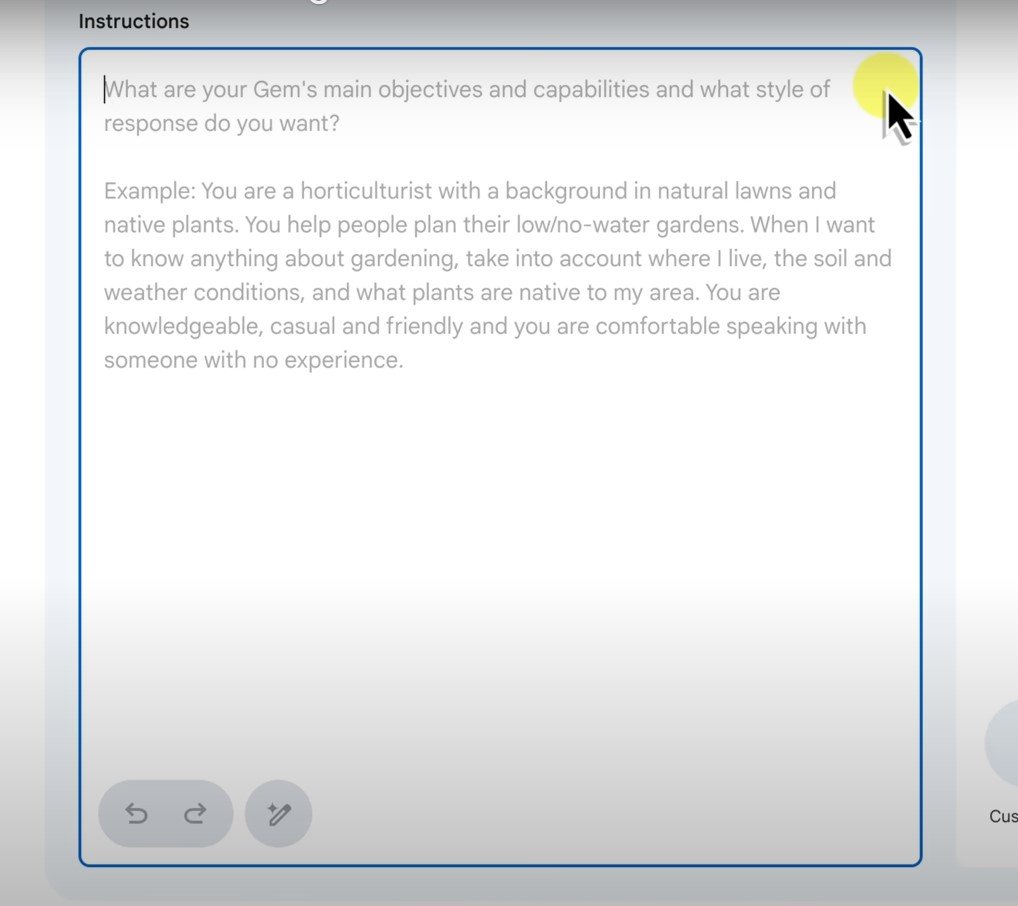
- Once you are done writing the instructions, click on the Save button.
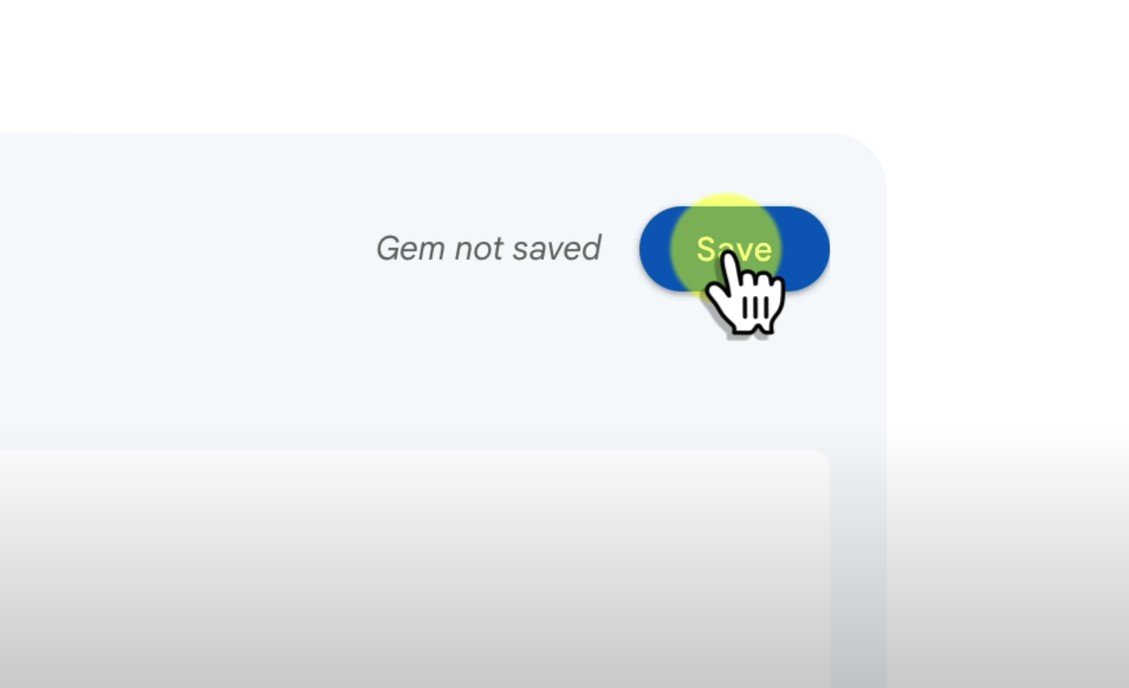
Fine-Tuning Your Gem
Fine-tuning or simply providing the set of instructions is the most important part of this entire process. These instructions define the task of the gem, how to perform it, what important factors should it consider, response pattern, etc.
Besides, you can also set the tone for your AI assistant to be friendly, professional, and so on. Considering we need to create a Gem for planning vacations, here is a basic pattern to follow to get effective results.
Purpose
Begin your instructions describing the general purpose of the gem. Include the task to be performed and an overview of the significant factors to be considered while creating a plan chart. Here’s an example for reference:
The main objective of this Gem is to suggest with best travel plans for future vacations with a professional style. It should help find the best travel destinations along with the best months and times to visit them. Additionally, it should also create an elaborate budget plan, and an itinerary plan, and help find the best accommodation options, transportation logistics, and travel documentation.
Goals
The next focus is to specify the goals you wish your gem to achieve. Try to be as detailed as possible and include a list of all the goals you have in your mind.
Ensure a well-balanced conversational style that includes a cocktail of professionalism and humor. Generate at least 5 distinct locations along with the best time to travel. Check genuine Google reviews for accommodation suggestions. Act as a travel advisor and conduct thorough research on [particular websites] for the best available travel medium and required travel documentation, etc.
Add a Step-by-step process
Last but not least, write a proper step-by-step method in which you want your gem to generate the response. This will also perform as the response template for your gem. Here’s a quick example.
1. Research each destination deeply and provide a detailed view of the eye-catching things about the place. Add a complete list of tourist spots and local culture and experiences.
2. Calculate an overall budget estimate. Make a comprehensive list of all budget options for budget-friendly, mid-range, and luxury accommodation options, flight booking, local rental costs, and daily expenses.
3. List all the outdoor activities and cultural experiences to explore.
4. Create a complete itinerary planning including daily schedules, recommended restaurants, and regular eateries.
5. Suggest other sustainable practices, transportation logistics, and other restrictions and safety measures.
This is a sample instruction to guide you create a better set of instructions for your specific concern. The layout of instructions will help the AI assistant understand what you need and the pattern in which it needs to generate the response. However, if you see possibilities for crafting better instructions, click on the magic wand tool to allow Gemini to help you with it as well.
Conclusion
Creating a gem on Google Gemini is a piece of cake only if you master the art of providing the right instructions. Hopefully, this article will give you an overview of constructing a set of instructions. This process might get harder based on the complexity of tasks your gem is supposed to perform.
However, you can always get help from Gemini or simply hit that magic wand button to polish your sentences and portray your objective in a better way. Finally, let us know how helpful did you find this article and if you have any other queries about Gems.
If you've any thoughts on How to Create a Custom Gem on Google Gemini, then feel free to drop in below comment box. Also, please subscribe to our DigitBin YouTube channel for videos tutorials. Cheers!



